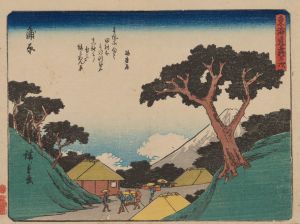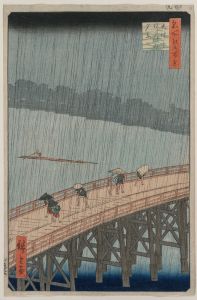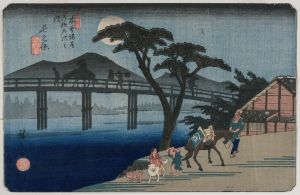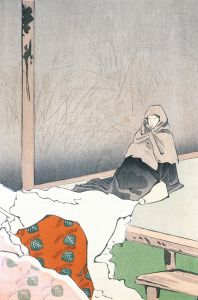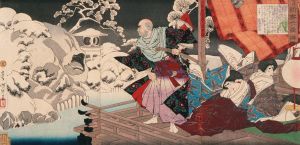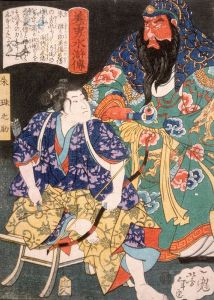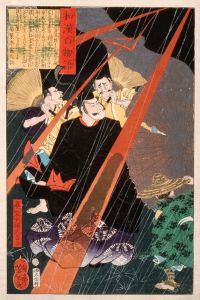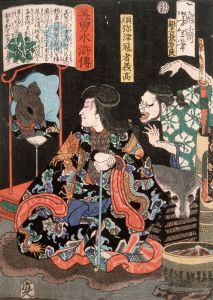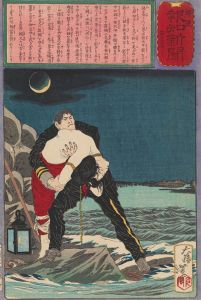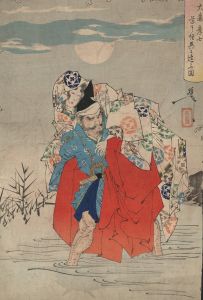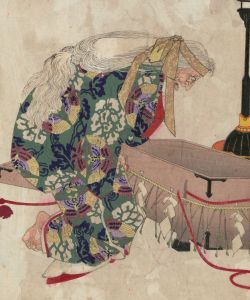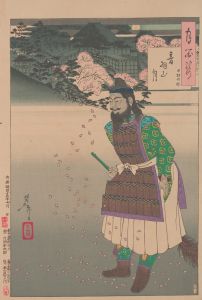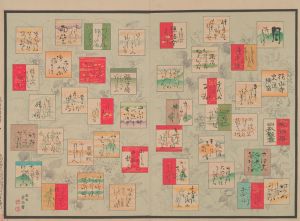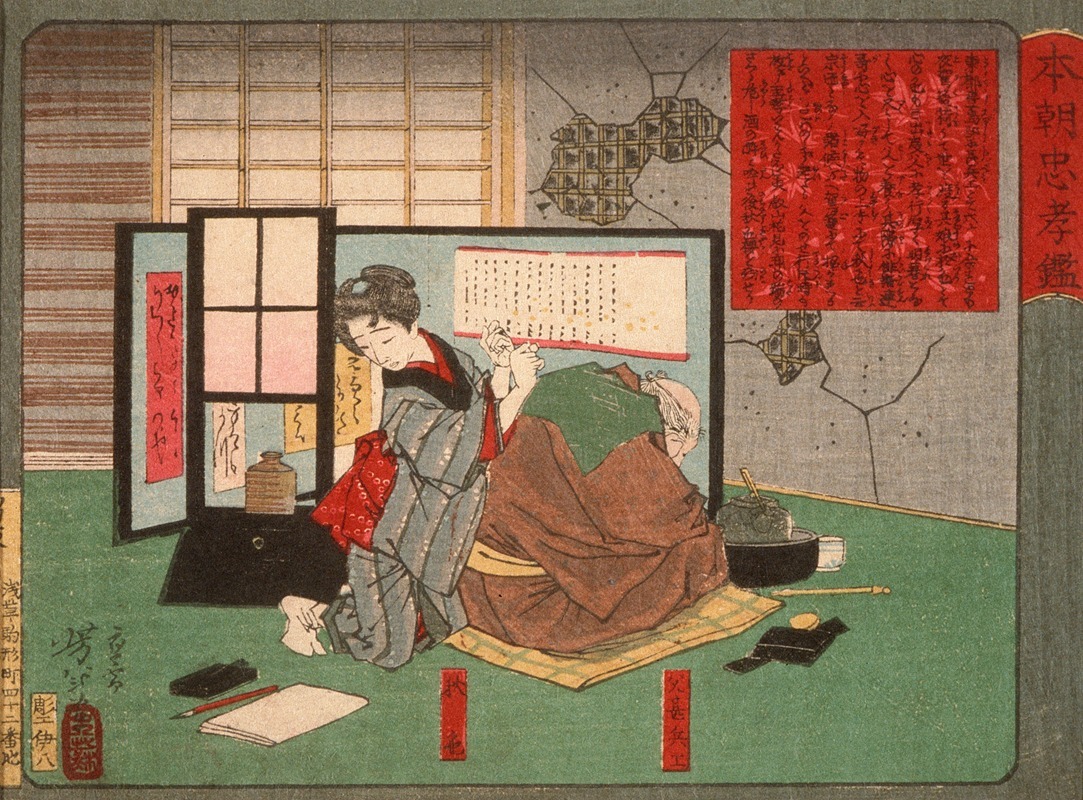
Akinoiro and His Father, Jinbei
A hand-painted replica of Tsukioka Yoshitoshi’s masterpiece Akinoiro and His Father, Jinbei, meticulously crafted by professional artists to capture the true essence of the original. Each piece is created with museum-quality canvas and rare mineral pigments, carefully painted by experienced artists with delicate brushstrokes and rich, layered colors to perfectly recreate the texture of the original artwork. Unlike machine-printed reproductions, this hand-painted version brings the painting to life, infused with the artist’s emotions and skill in every stroke. Whether for personal collection or home decoration, it instantly elevates the artistic atmosphere of any space.
"Akinoiro and His Father, Jinbei" is a woodblock print by the renowned Japanese artist Tsukioka Yoshitoshi, who is celebrated for his contributions to the ukiyo-e genre during the late Edo and early Meiji periods. Yoshitoshi is often regarded as one of the last great masters of ukiyo-e, a genre of art that flourished in Japan from the 17th through the 19th centuries. His works are known for their dynamic compositions, innovative use of color, and often dramatic or emotional themes.
Yoshitoshi was born in 1839 and began his artistic training at a young age under the tutelage of Kuniyoshi, one of the prominent ukiyo-e artists of the time. Throughout his career, Yoshitoshi produced a wide range of works, including portraits of kabuki actors, beautiful women, and historical scenes. He is particularly noted for his series "One Hundred Aspects of the Moon" and "New Forms of Thirty-Six Ghosts," which showcase his unique style and thematic interests.
"Akinoiro and His Father, Jinbei" is one of Yoshitoshi's lesser-known works, and specific details about the print are relatively scarce compared to his more famous series. However, like many of Yoshitoshi's works, it likely reflects his interest in historical and legendary figures, capturing the essence of Japanese folklore and history through vivid imagery and storytelling.
The print depicts Akinoiro, a character whose background and story are not widely documented in available historical records. His father, Jinbei, is also a figure about whom little is known outside the context of this artwork. Yoshitoshi's ability to convey complex narratives and emotions through his prints suggests that this work might explore themes of familial relationships, duty, or personal struggle, which are common motifs in his oeuvre.
Yoshitoshi's work came at a time of significant cultural and political change in Japan, as the country transitioned from the Edo period to the Meiji era. This period saw the opening of Japan to the West and the subsequent modernization and Westernization of many aspects of Japanese society. Yoshitoshi's art reflects both a reverence for traditional Japanese culture and an awareness of the changing world around him.
Despite the lack of detailed information about "Akinoiro and His Father, Jinbei," the print remains an example of Yoshitoshi's masterful technique and his ability to capture the imagination of his audience. His use of color, line, and composition continues to be studied and admired by art historians and enthusiasts alike.
Today, Yoshitoshi's works are held in high esteem, and his prints are featured in numerous museum collections around the world. They offer a window into the rich cultural tapestry of 19th-century Japan and continue to inspire and captivate viewers with their beauty and depth.





